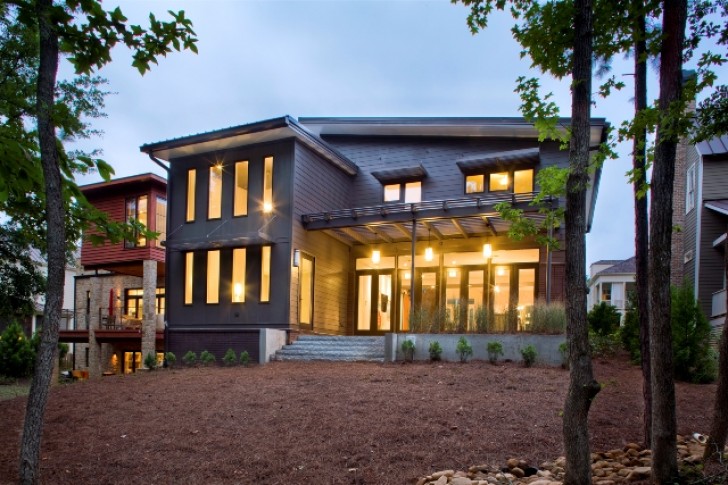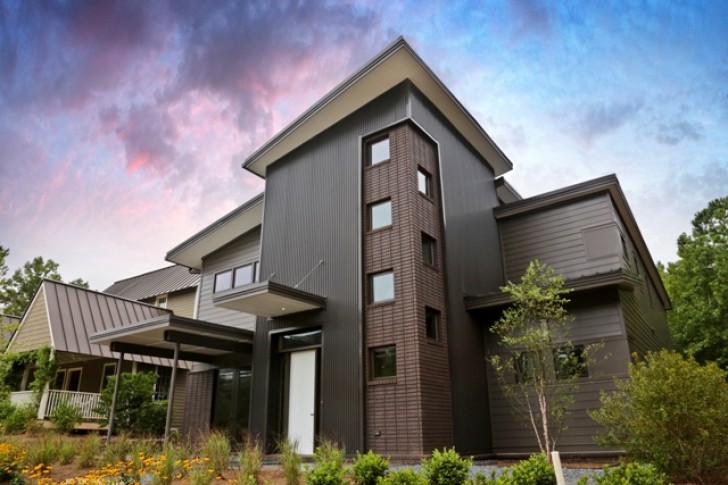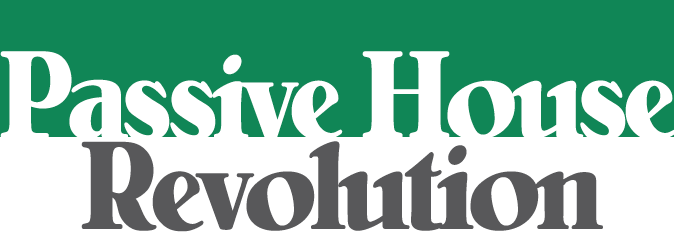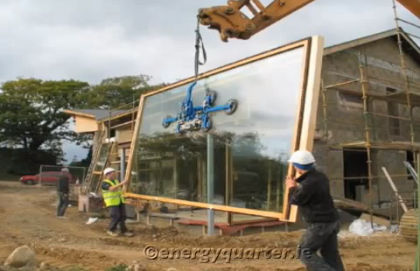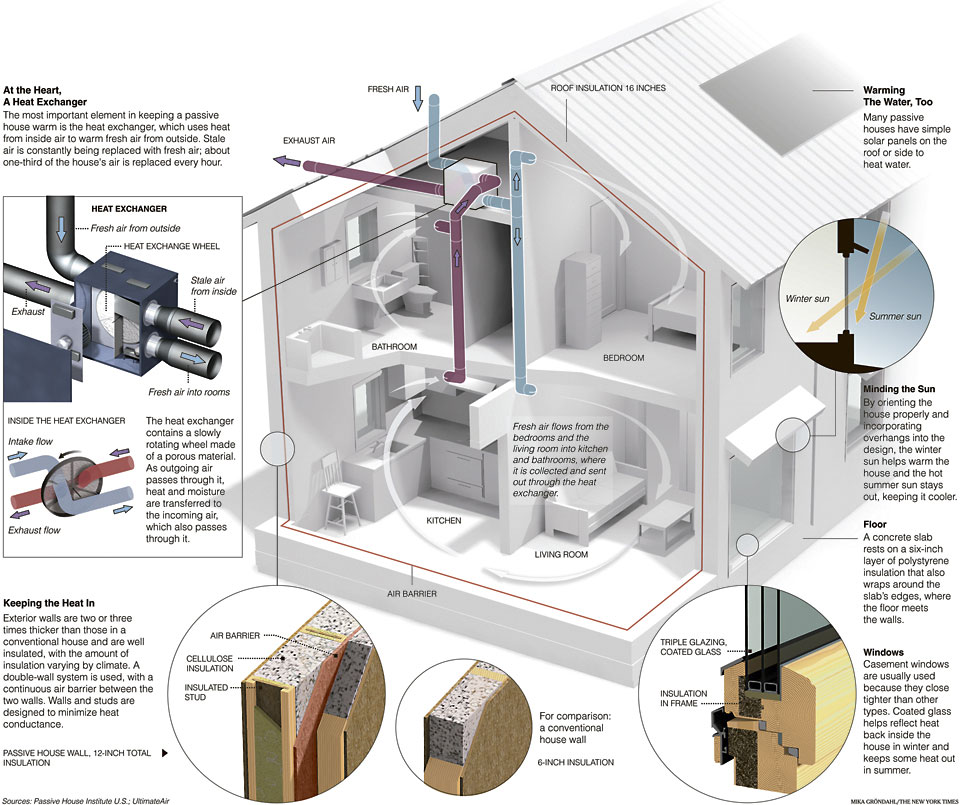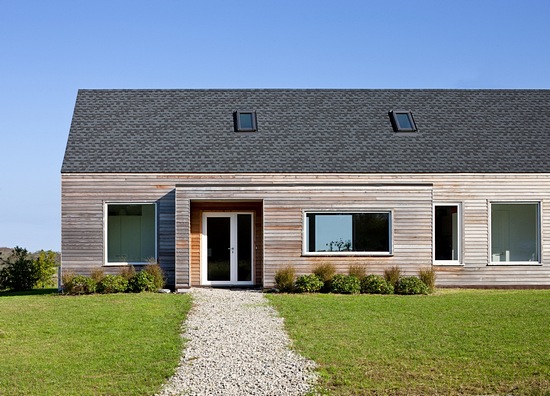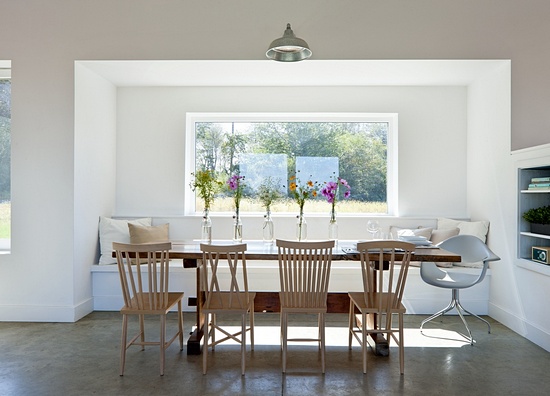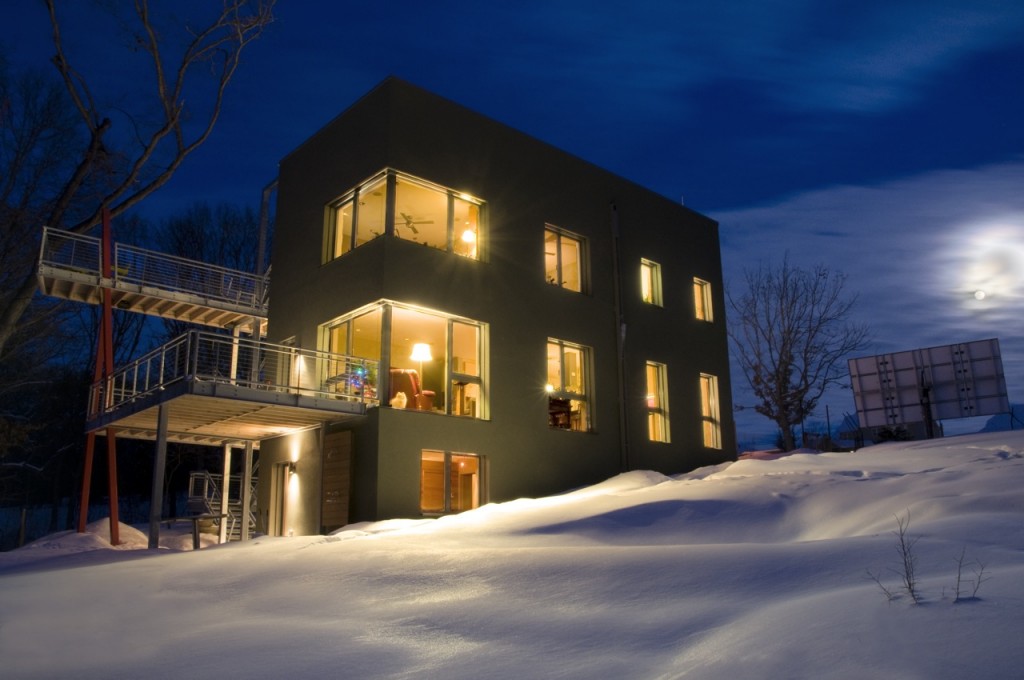I love the title of this new article published in Green Building & Design Magazine.
Passive House Professionals Julie Torres Moskovitz and Tim McDonald are doing some cutting edge work in NYC and Philadelphia and are very optimistic about the future of this Energy Standard.
“More young people who are designing homes or who are having them designed are moving toward Passive House because they see it as a tool, not as a hindrance,” Torres Moskovitz says. “As a designer, once you’ve done one Passive House project, it’s hard to go back. You can’t help but apply its techniques to all your projects in the future.”
McDonald phrases this idea a bit differently, but the sentiment is the same. “Passive House is a standard that really allows buildings to be what I call ‘Net-Zero-Energy-apable,’” he says. “And if you look at a project holistically, as we do, they don’t have to cost any more money. If you can design and build a building that can achieve net-zero energy at a zero premium, there should be zero debate.”


